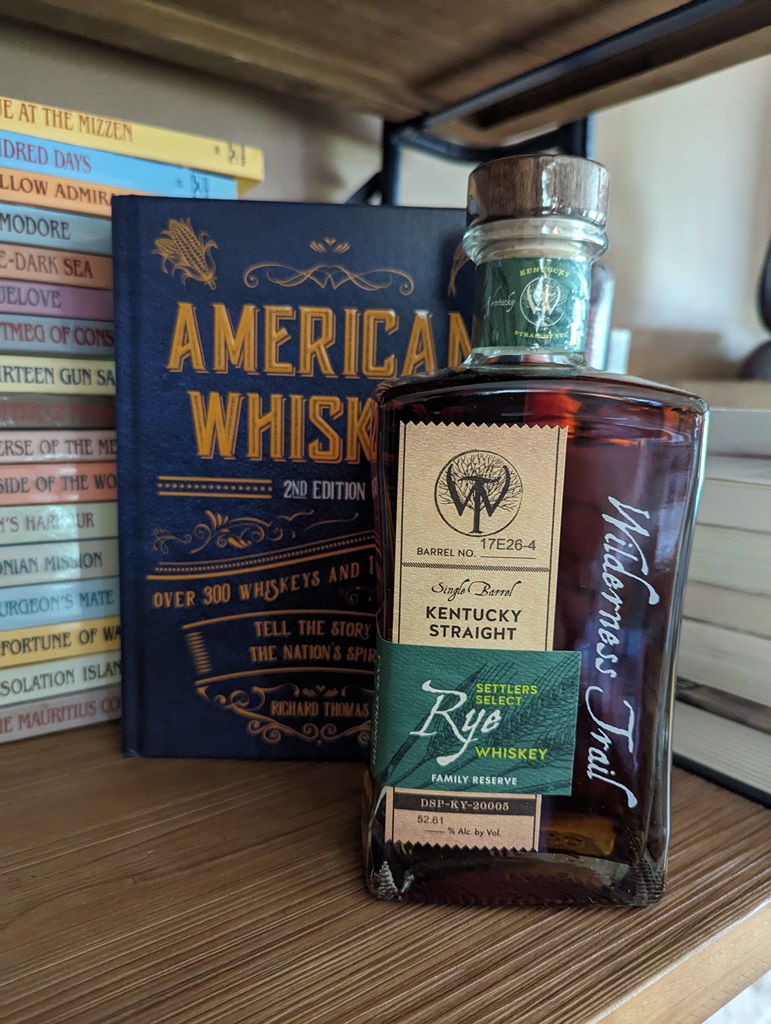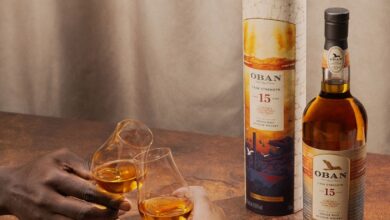Q&A With Kirsteen Campbell, Master Blender
By Richard Thomas

(Credit: Edrington)
When you talk shop in Scotch circles and the subject of who to keep an eye on comes up, Kirsteen Campbell is a name I hear about. After establishing herself in her first stint as Master Blender for Cutty Sark, Edrington added The Famous Grouse to her portfolio. That makes her the steward of two of the biggest brand names in blended whisky, a key colleague of Edrington Malt Master Gordon Motion, and all of that at the age of 33.
RT: You only took over The Famous Grouse portfolio this year, but prior to that you served as Master Blender at Cutty Sark since 2010, and joined Edrington in 2007. What Cutty Sark whiskies have your fingerprints on them?
KC: Working as Master Blender for Cutty Sark for the last five years means I’ve done a lot of work on product development. I created the 25 Year Old Tam o’Shanter, the Cutty Sark 33 Year Old, Cutty Sark Prohibition and Cutty Sark Storm. Now that I’m also Master Blender for The Famous Grouse, I hope to be involved in creating new expressions for The Famous Grouse Family in the feature.
RT: You now have two very well-known brands of blended Scotch whisky on your plate, so you are just the right person to ask: what are the definitions of and distinctions between Cutty Sark and The Famous Grouse as brands, across the whole lineup? You know, like “Cutty Sark whiskies are A, B and C, and The Famous Grouse are H, I and J with a little K.”
KC: Each whisky within the Cutty Sark and Famous Grouse portfolio have their own unique ‘recipe’ – which remain top secret of course. In broad terms Cutty has more flavour influence from American oak sherries (vanilla, citrus, toffee), whilst The Famous Grouse leans more towards European Oak sherries (dried fruits, spicy notes).
RT: Diehard enthusiasts can sometimes be snotty about adding water to their single malts, but the thing is that when someone like yourself is doing an evaluation, you almost always cut the whisky down to about 20% ABV. Can you explain why it is that that much dilution is a good thing for doing a sensory check?
KC: Adding water opens up more subtle flavors in the whisky by reducing the effect of alcohol on the nose. So I nose whisky samples at 20 per cent in order to detect as much underlying flavor from the spirit as possible.
RT: You’ve spent your whole professional career in the whisky industry. Did you know this was what you wanted to do when you were a student?
KC: I hadn’t appreciated there was such a role as ‘Master Blender’. Little did I know, when as a student working in a chicken processing factory wearing a hair net, white coat and white wellies, that one day I would be working in the wonderful world of whisky – a far more glamorous option I can tell you, not to mention the difference in aroma! These are the jobs that make us appreciate where we are now though!


